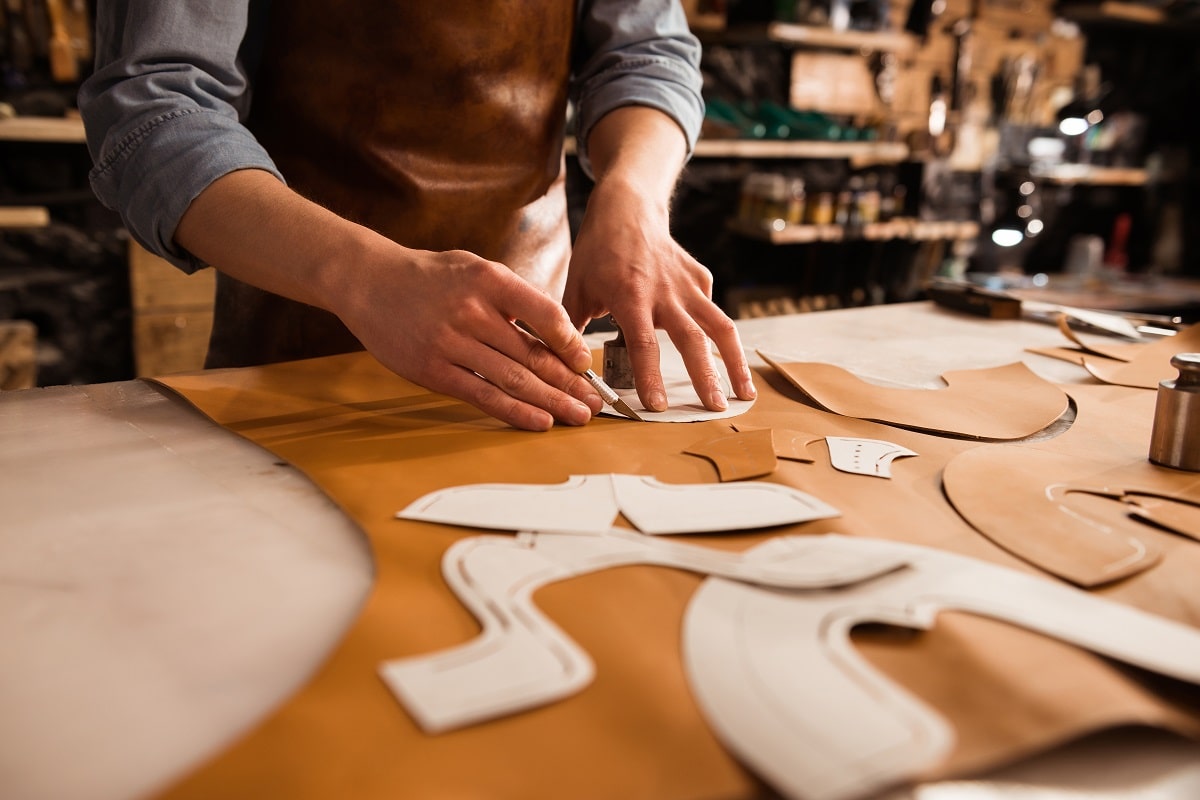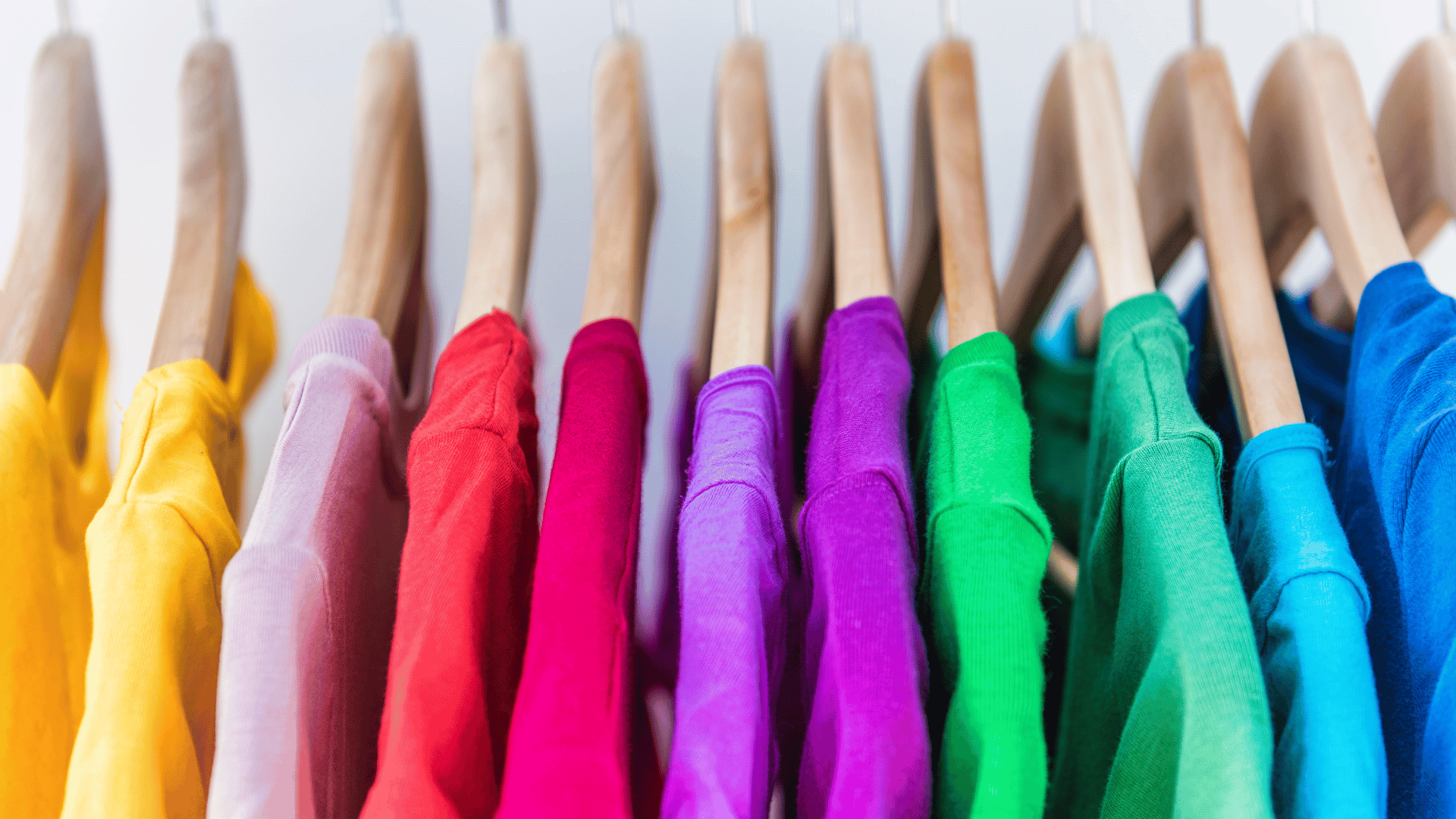The fashion industry is a dynamic and fast-paced world where trends come and go, and consumer preferences constantly evolve. At the heart of this industry lies the concept of the fashion product lifecycle, which encompasses the journey of a fashion product from its inception to its eventual retirement.
Understanding the different stages of the fashion product lifecycle is crucial for fashion professionals to make informed decisions, effectively manage inventory, and stay ahead in a competitive market. In this comprehensive guide, we will delve into the intricacies of the fashion product lifecycle, exploring each stage in detail and highlighting key strategies for success.
1. Concept Development
The fashion product lifecycle begins with the concept development stage, where designers and creative teams brainstorm ideas for new products. This phase involves trend research, mood boards, sketching, and prototyping to bring the initial concept to life. Designers draw inspiration from various sources, such as runway shows, street style, art, and culture, to create innovative and marketable designs that resonate with consumers.
2. Design and Production
Once the concept is finalized, the design and production stage commences. Designers work closely with pattern makers, sample makers, and manufacturers to translate their vision into tangible products. This phase involves sourcing materials, creating samples, conducting fittings, and refining the design until it meets quality standards. Efficient communication and collaboration between design and production teams are essential to ensure the timely and cost-effective creation of fashion products.
3. Marketing and Promotion
After the products are manufactured, the focus shifts to marketing and promotion. Fashion brands leverage various channels, such as advertising, social media, influencer partnerships, and fashion shows, to create buzz around their products and generate interest among consumers. Effective marketing strategies help build brand awareness, drive traffic to stores or websites, and ultimately, boost sales.
4. Retail and Distribution
The next stage in the fashion product lifecycle is retail and distribution, where the products are made available to consumers through various channels. Fashion brands must strategically plan their distribution channels, considering factors such as target market, pricing, seasonality, and brand positioning. Whether through brick-and-mortar stores, e-commerce platforms, department stores, or pop-up shops, the goal is to make the products easily accessible to customers.
5. Sales and Performance Analysis
Once the products hit the market, fashion brands closely monitor their sales performance and analyze customer feedback. Sales data, key performance indicators (KPIs), and customer insights provide valuable information that helps brands evaluate the success of their products, identify areas for improvement, and make data-driven decisions for future collections. Understanding consumer preferences and market trends is essential for staying competitive in the fashion industry.
6. Markdowns and End-of-Life
As products remain in stores for a certain period, fashion brands may need to implement markdowns or clearance sales to clear excess inventory and make room for new collections. Managing markdowns effectively is crucial to maximize profitability and minimize losses. Eventually, products reach the end of their lifecycle, leading to their discontinuation or retirement. Sustainable disposal methods, such as recycling, upcycling, or donation, are increasingly important as the fashion industry strives to reduce waste and environmental impact.
7. Replenishment and Iteration
For successful products with high demand, fashion brands may opt for replenishment or iteration to capitalize on their popularity. Replenishment involves restocking bestselling items to meet ongoing demand, while iteration entails updating or refreshing existing designs to keep them relevant and appealing to consumers. Continuous innovation and adaptation are key to sustaining consumer interest and driving sales over time.
8. Collaboration and Innovation
In today’s competitive fashion landscape, collaboration and innovation play a crucial role in driving growth and differentiation. Fashion brands often collaborate with other designers, artists, celebrities, or brands to create limited-edition collections that generate excitement and attract new audiences. Innovation in materials, technology, sustainability practices, and design concepts is essential for staying ahead of trends and meeting evolving consumer expectations.
9. Customer Engagement and Loyalty
Building strong relationships with customers is essential for fostering brand loyalty and long-term success. Engaging with customers through personalized experiences, exceptional customer service, and community-building initiatives can create a loyal fan base that advocates for the brand and drives repeat purchases. Fashion brands that prioritize customer engagement and satisfaction are more likely to succeed in a competitive market.
10. Adaptation to Market Trends
The fashion industry is highly influenced by shifting trends, cultural movements, and consumer behaviors. Fashion brands must stay attuned to market trends, anticipate changes, and adapt their strategies accordingly to remain relevant and competitive. Flexibility, agility, and a willingness to experiment are essential qualities for fashion professionals navigating the ever-changing landscape of the industry.
Conclusion
Understanding the intricacies of the fashion product lifecycle is essential for fashion professionals seeking to excel in a competitive and fast-paced industry. By mastering each stage of the lifecycle, from concept development to adaptation to market trends, fashion brands can create successful products that resonate with consumers and drive business growth.
Key Takeaways:
- The fashion product lifecycle guides a product from concept to retirement, helping brands manage inventory, trends, and profitability.
- Strong design and production processes ensure quality, efficiency, and timely market entry.
- Marketing and distribution strategies shape visibility, accessibility, and customer reach.
- Data-driven sales analysis informs future collections and keeps brands aligned with consumer demand.
- Markdowns, replenishment, and iteration help manage stock, sustain bestsellers, and refresh designs.
- Innovation, collaboration, and sustainability are crucial to staying relevant and reducing environmental impact.
- Customer engagement and loyalty-building drive repeat business and long-term brand growth.
- Agility in adapting to market trends ensures competitiveness in a fast-changing industry.
For further advancement in fashion marketing, consider enrolling in the Parsons Fashion Industry Essentials online course and certificate program. Equip yourself with the knowledge and skills needed to thrive in the ever-evolving world of fashion marketing. Start your journey to success today.








